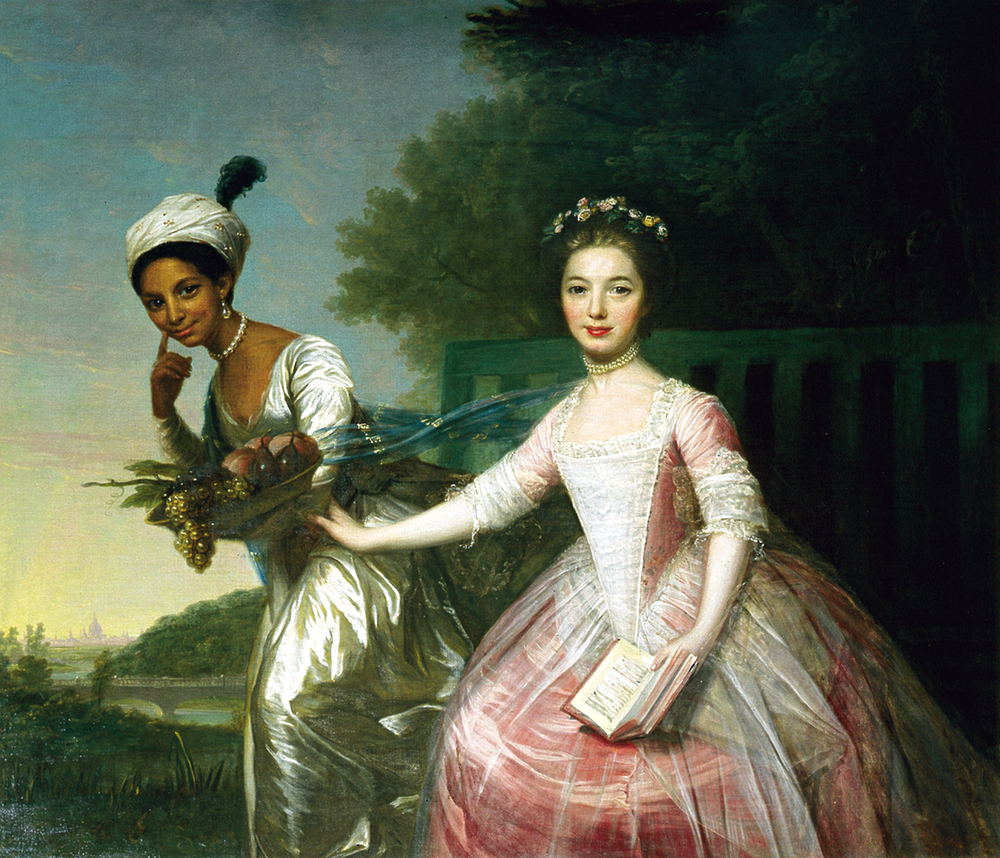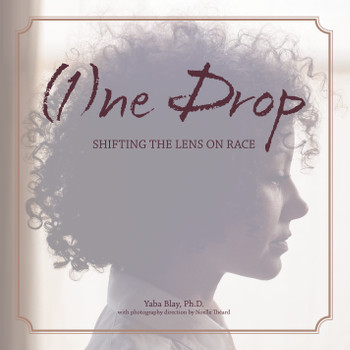Portrait of the mystery lady: The incredible story behind the 18th-century painting that inspired a new movie
The Daily Mail
2014-05-03
Paula Bryne

Attributed to Johann Zoffany (circa 1778)
Until recently, little was known about the mixed-race girl in an 18th-century painting associated with Kenwood House in London. But a new book and film reveal that Dido Elizabeth Belle was, in fact, the illegitimate daughter of a slave whose privileged upbringing helped change racial injustices for ever
The artist must have known that it was an unusual commission. The double portrait has a long and distinguished tradition. Typically, the subject would be a husband and wife, a mother and child, or sisters. The composition above conforms to that of a portrait of sisters but, as far as we know, this is the only portrait of its era to show a white and a black girl together in a sisterly pose.
The portrait was commissioned in the late 1770s or early 1780s by the 1st Earl of Mansfield, William Murray, who as Lord Chief Justice was the most admired judge in 18th-century Britain. His name by this time was irrevocably linked with the rights of slaves as a result of his judgment in the infamous Somerset case of 1772.
But these are not his daughters. He and his wife were childless. The girl in the foreground is Lady Elizabeth Murray, his great niece, who was brought up at Kenwood House on the edge of London’s Hampstead Heath, where this portrait was painted, after the death of her mother when she was a young child. It was believed until the 1980s that the other girl was some kind of household servant. She was, in fact, a blood relative of the girl in pink and the Mansfield family and her name was Dido Elizabeth Belle, now the subject of a major new film…
Read the entire article here.


